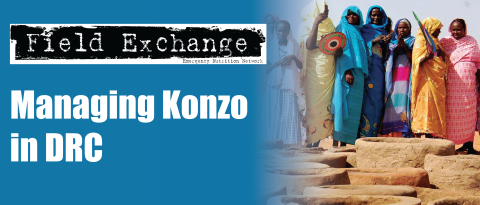Feasibility of private micro flood insurance provision in Bangladesh
Summary of research1

Women head for a nearby flood shelter established by the government in Bangladesh
A recent paper describes a study to test the viability of a flood insurance scheme in Bangladesh where a large proportion of the population regularly confronts livelihood and house property damage risks due to catastrophic events. Weather-related risk is a major cause of rural income fluctuations in Bangladesh. Impact assessments carried out by the Intergovernmental Panel on Climate Change identify Bangladesh as one of the world's worst victim countries in terms of the negative impacts of climate change.
In the study, a mixed quantitative-qualitative research approach was followed. In a large-scale rural household survey carried out between August and October 2006, 2,400 floodplain residents were asked about their demand for different forms of insurance schemes (crop damage, house property and unemployment insurance schemes). The households were in five districts located along the three major rivers in Bangladesh. Household willingness to pay was estimated and compared with expected indemnity payouts by insurance providers, within the framework of two different models of micro-insurance supply. The qualitative assessment was based on semistructured interviews and a workshop with decision-makers in private insurance companies, micro-finance institutions and non-governmental organisations (NGOs) to investigate the viability of private insurance provision in Bangladesh.
Natural disasters result in systematic losses correlated across clients and geographical regions. Therefore insurers face the risk of having to compensate large losses due to a disaster event that affects clients in an entire community or region. As a result, the standard principle of paying damage compensation to affected clients only by pooling resources from non-affected clients typically does not apply. Furthermore the scope of reinsuring disaster insurance schemes is limited or the costs of reinsurance are very high. Due to these obstacles, private insurers have been reluctant to offer policies that cover flood and other natural hazards.
From the perspective of the insured, insurance demand in low-income economies frequently is low due to limited financial resources and thus has been found insufficient to ensure the risk pooling even within the community or region. Past studies have shown that the poorest households are most prone to floodplain risk and that even if an insurance provider exists, poor households in Bangladesh probably cannot afford commercial insurance due to income constraints.
Selections of households for the survey in each of the villages followed a systematic random sampling method. The survey questionnaire consisted of about 50 questions and was divided into three sections: socio-demographic household characteristics, the type and extent of suffering due to annual and incidental disaster flooding, and attitudes to and willingness to pay for micro-finance where respondents were presented with a hypothetical insurance programme. Households were asked whether they would like to participate in a scheme, about their most preferred insurance scheme, who they would prefer to have as a provider and preferred payment frequency. The key informant interviews and workshop with decision-makers took place a year later in 2007 with 20 representatives of government, private insurance companies and micro-credit providers.
Findings
The research reinforced the scepticism in the literature about potential low effective demand for new insurance products. Only one half of respondents agreed to participate in the hypothetical flood insurance programme. Although there may be models to reduce the administrative costs so that cost recovery may be feasible, there may be structural problems. It appears that key players in the micro-finance market in Bangladesh vary in terms of their motivations, degree of power and type of stakes they pursue in such a market. These differences make collaboration under such an organisational framework less likely and a potential collaborative agreement unstable.
Given the importance of profits among private insurance companies and the gap between the expected premium and the indemnity amount, it seems unlikely that private micro flood insurance can be introduced in Bangladesh at present.
A question remains as to whether an insurance programme stands more chance of survival and whether it could become more viable if it was implemented through a public-private partnership.
Given that micro-credit providers expressed interest in offering an affordable insurance scheme and the large inflow of foreign donations in this sector, they may be able to play a key role in developing a micro flood insurance market. Micro-credit providers, furthermore, have a competitive advantage in that they have more access to the client base, have better infrastructural facilities across even the most remote parts of Bangladesh, enjoy a greater degree of trust and credibility among clients, and have pre-existing information on client portfolios and risk history. The study also found indications that potential insurance clients prefer public provision of micro flood insurance, possibly because they consider flood risk protection a government responsibility or have a higher degree of trust in the public sector than the private sector. However, it is important not to underestimate the need for sound actuarial analysis in providing a viable insurance scheme in the long term. Such experience is only available in private insurance companies.
The authors conclude that a governmentdirected and facilitated process to settle and overcome the differences observed in the study between the non-profit micro-credit providers and profit-oriented private insurance companies is needed. This should build on the particular competences that each party can lend to the development of a viable micro flood insurance market through a public-private partnership.
1Akter. S et al (2011). Exploring the feasibility of private micro flood insurance provision in Bangladesh. Disasters, volume 35 (2), pp 287-307, 2011
Imported from FEX website


